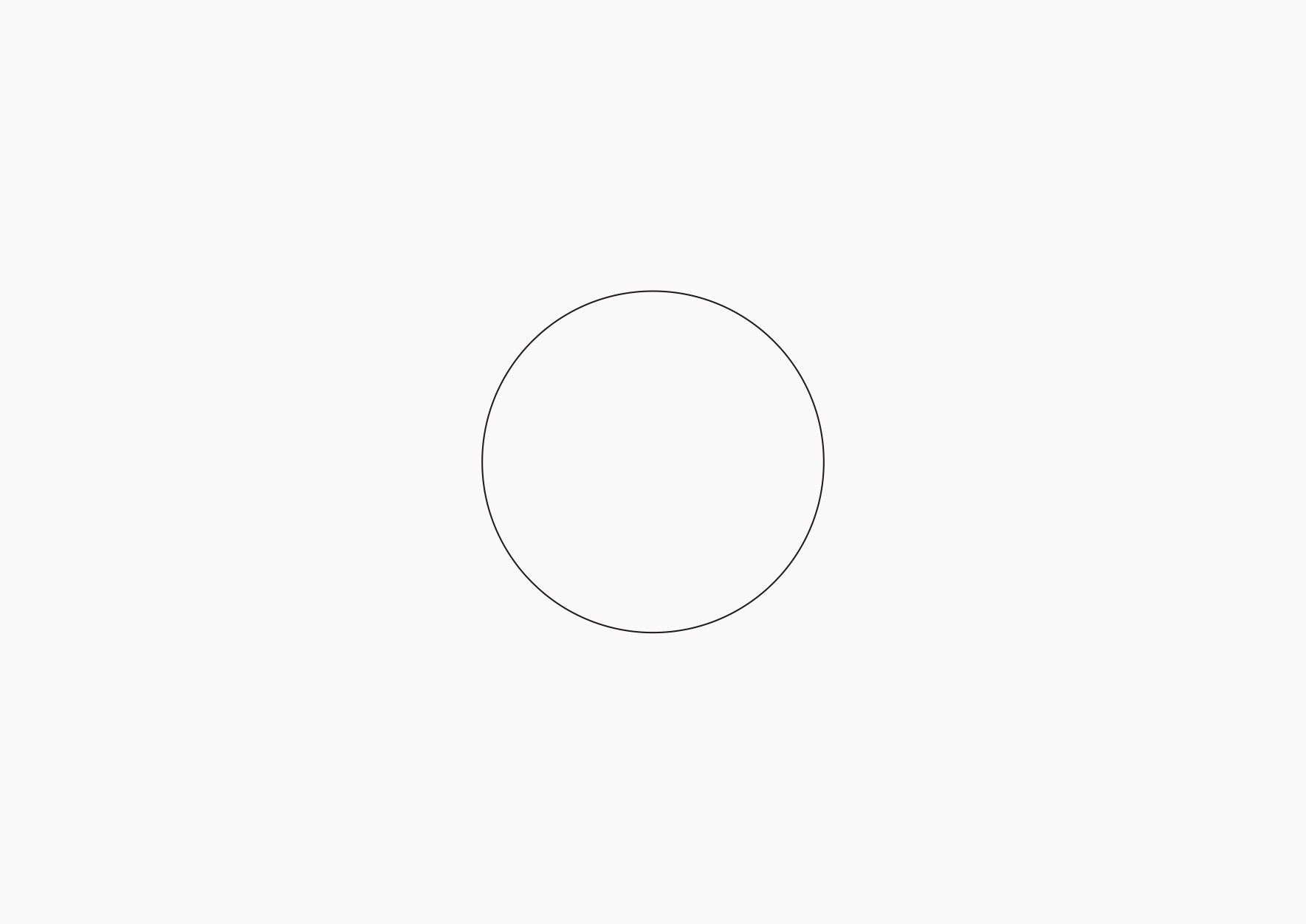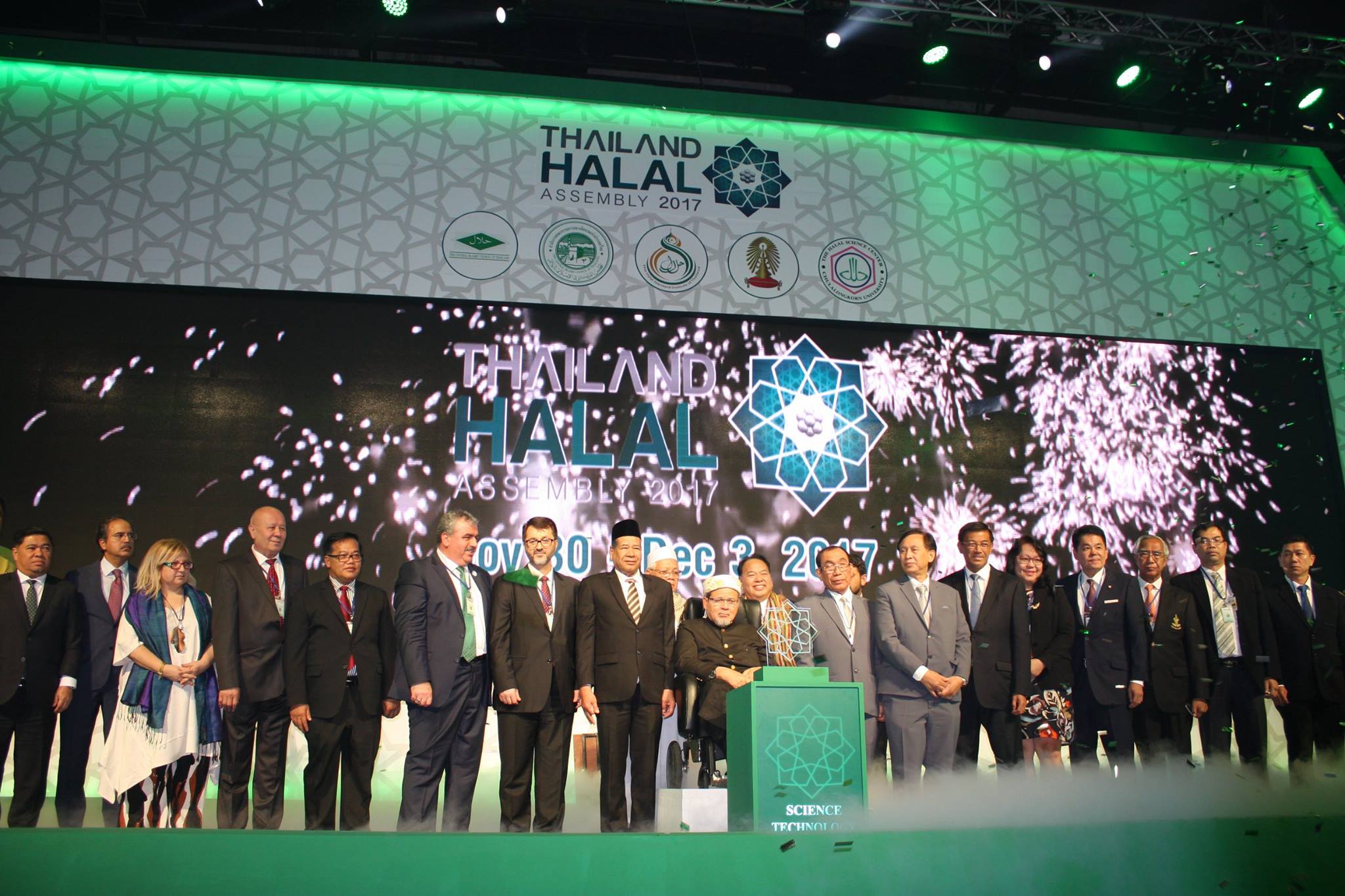I was recently invited to speak as part of the Thailand Halal Assembly 2017, held at BITEC, Bangkok between Nov 30 and Dec 3. This year’s expo theme was “Halal Wisdom: Convergence of Science, Technology and Islamic Arts”. Thailand is on the way to be at the forefront of the Halal Industry, and it was an exciting event to be a part of, along with scientists, academics, SMEs and startups.
As part of the conference, my presentation topic was on “The Evolution of Islamic Art, and patterns.”
Over the years of designing for Islamic brands and audiences, my understanding and appreciation for Islamic arts has grown immensely. Along with it, a deeper understanding and appreciation for Islam’s many ongoing global contributions towards visual culture, architecture, science and technology among others.
In my talk, I explored a brief introduction and history into Islamic art, in particular, patterns in art.
From the beginning of the Islamic era, craftsmen and artists mixed creativity and mathematics to create abstract decorative forms in architecture, books, carvings, textiles and other objects.
To today's brilliant contemporary artists such as Inkman, El-Seed, Sherin Guirguis, Shireen Taweel, Eric Broug and Elvira Wersche.
To the future; from games such as Engare, to augmented reality in Salam Sisters, or questions like "What will a Mosque in space look like?" in Islam Imagined.
I’m fascinated by what happens when you combine creativity, art, design, technology and culture - and how these modes of making can be used to continue and extend on traditions; giving modern audiences an insight into Islam’s creative lineage and enduring heritage.
Art and design serve two very different purposes, but in design, we utilise many of these visual signifiers throughout.
The global Islamic economy is of great importance, and includes sectors from food to travel to fashion. By 2030, there will be 2.2 billion Muslims making up 27% of the world's population. That is a massive market, with diverse cultures and tastes, that are all seemingly connected. This growth in number will come with a growth in more brands, startups and products than ever, that are all driven by faith. And along with this growth, an increase in demand for higher quality in these brands.
Not all Muslim products or brands need to utilise patterning – but what is of key importance is the continued use of creativity and innovation. Islam has a rich visual language that we can gain inspiration from. We can use it as a frame of reference, to portray heritage, or we can play and experiment to delight audiences. We can continue to use it to unify, connect and encourage positivity.
Daryl P
Creative Director








